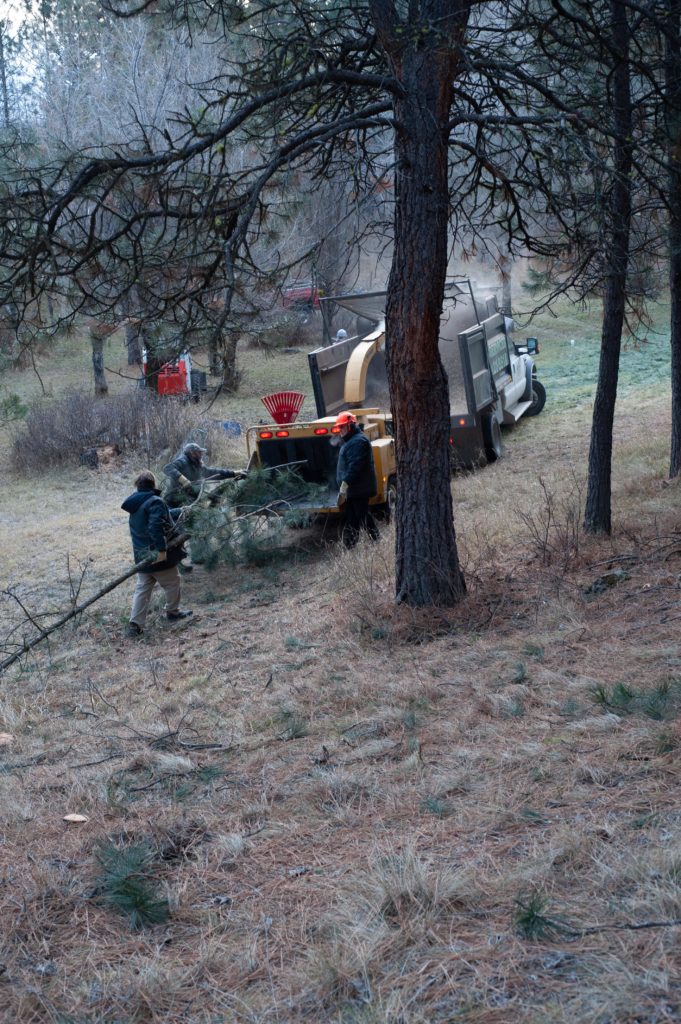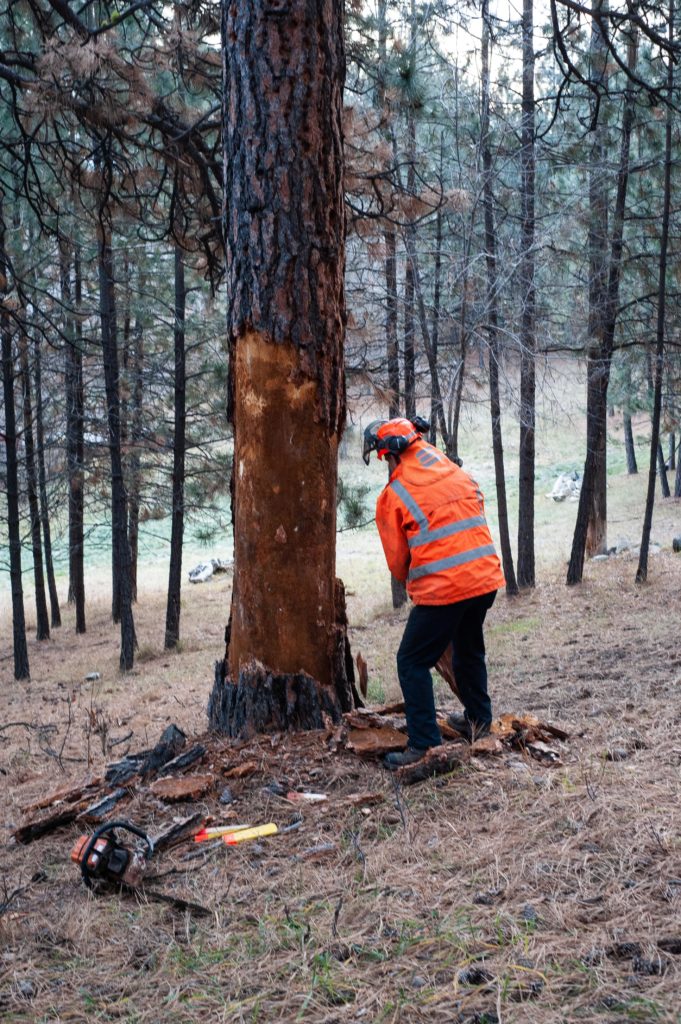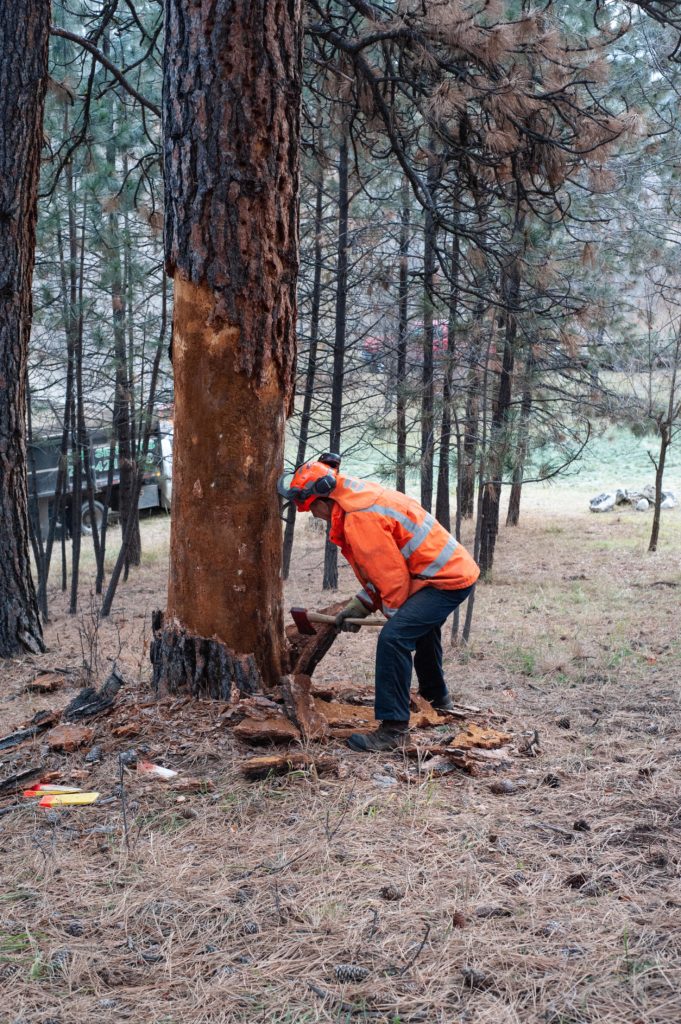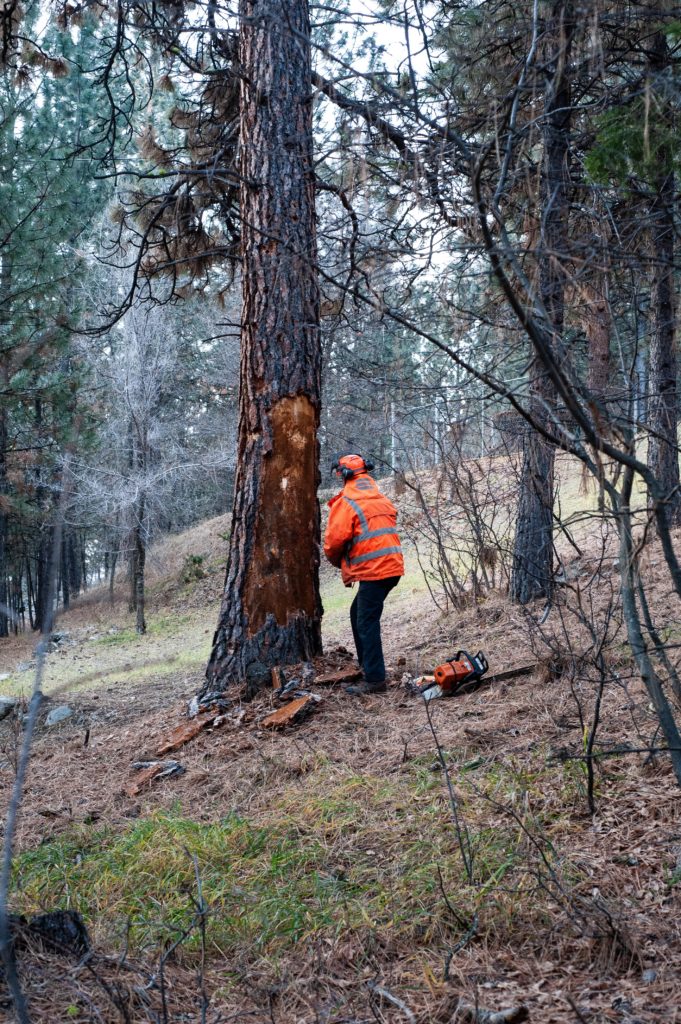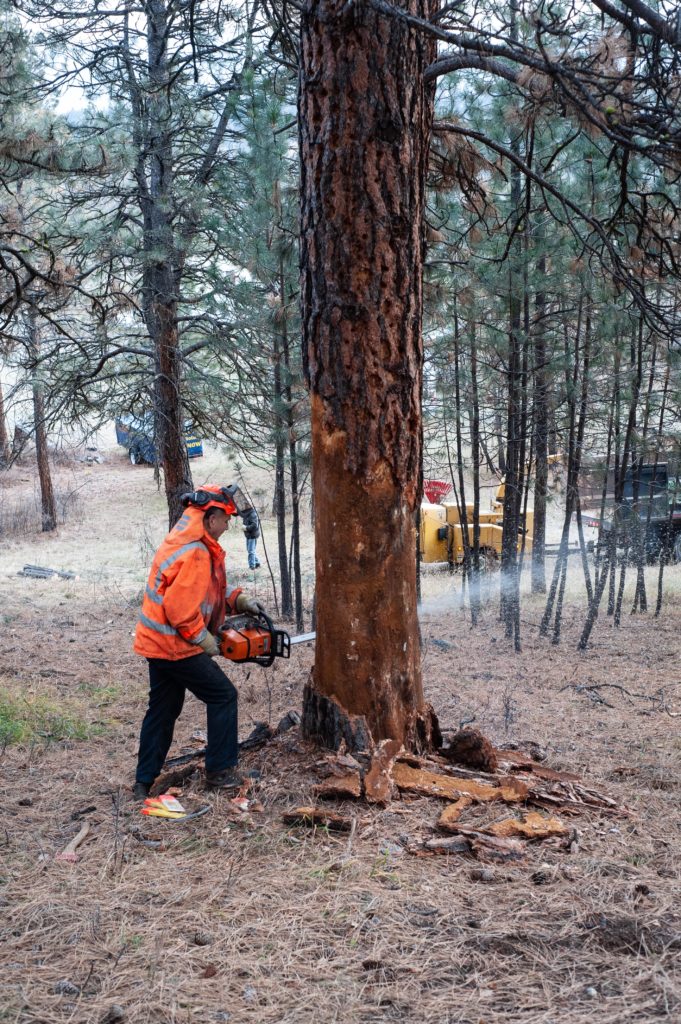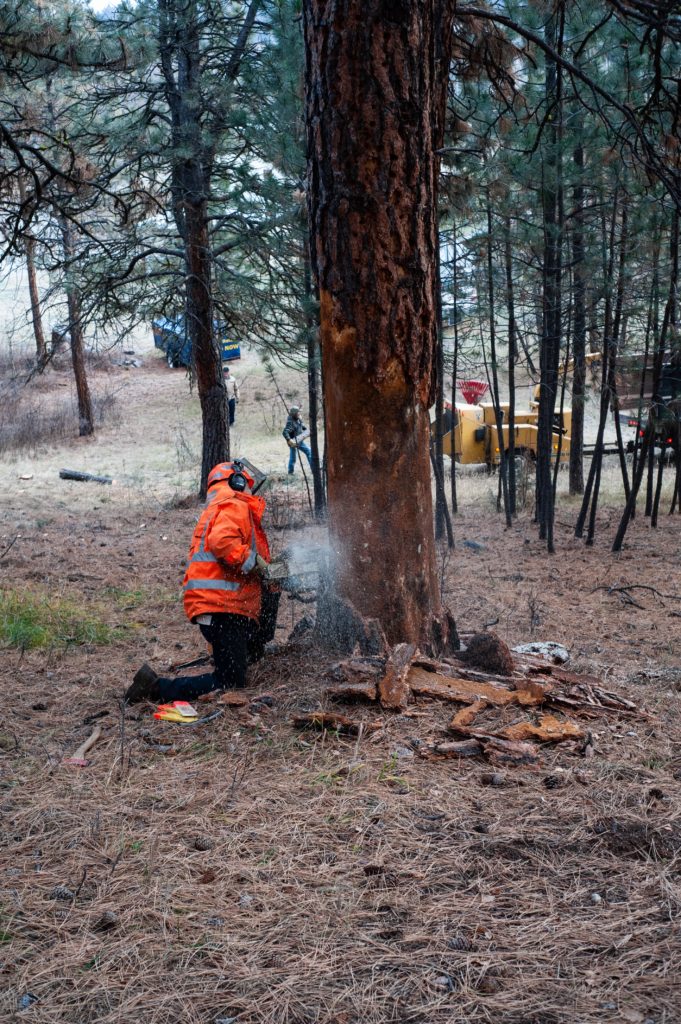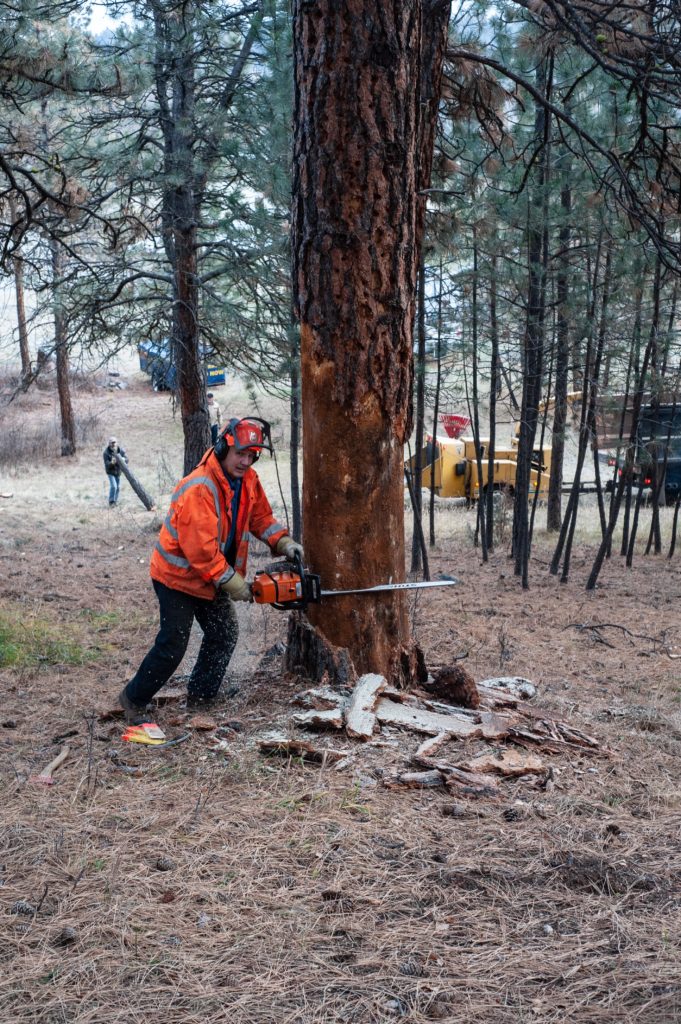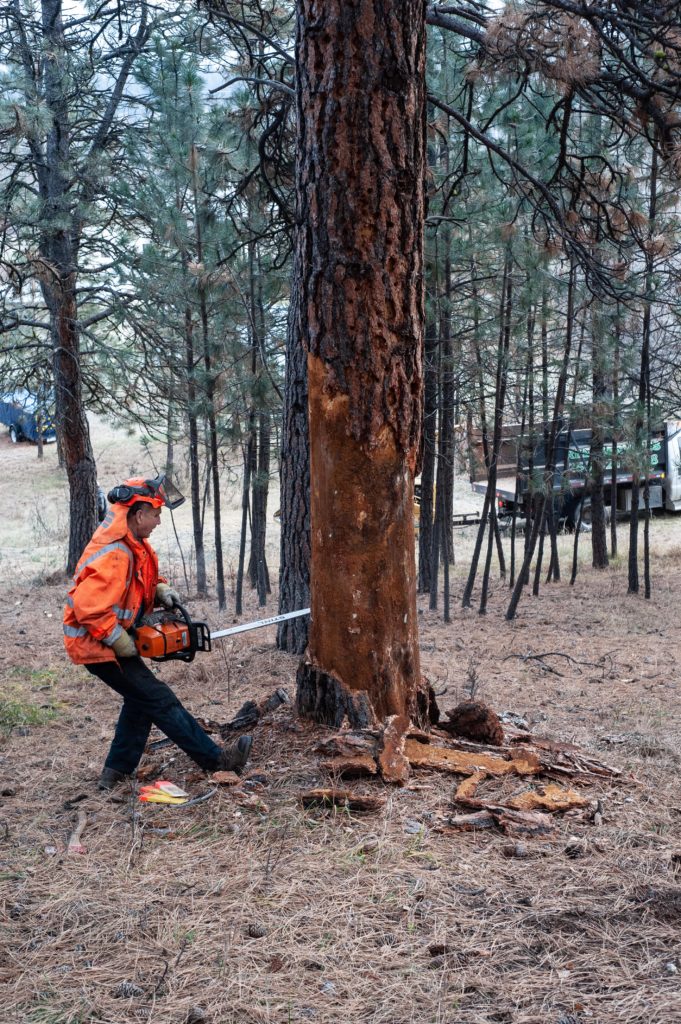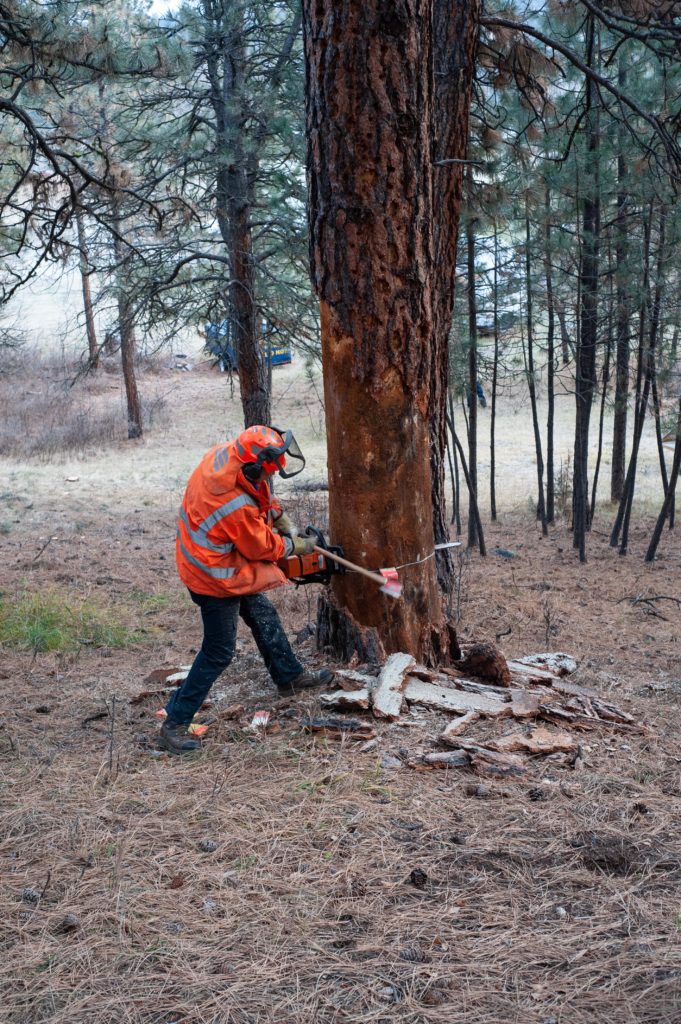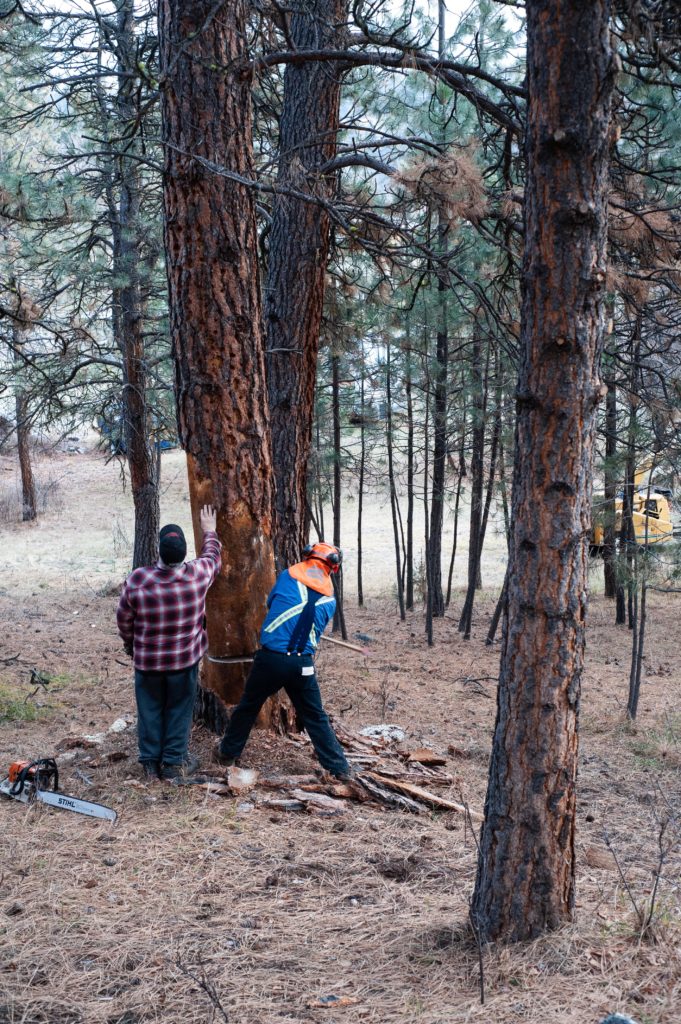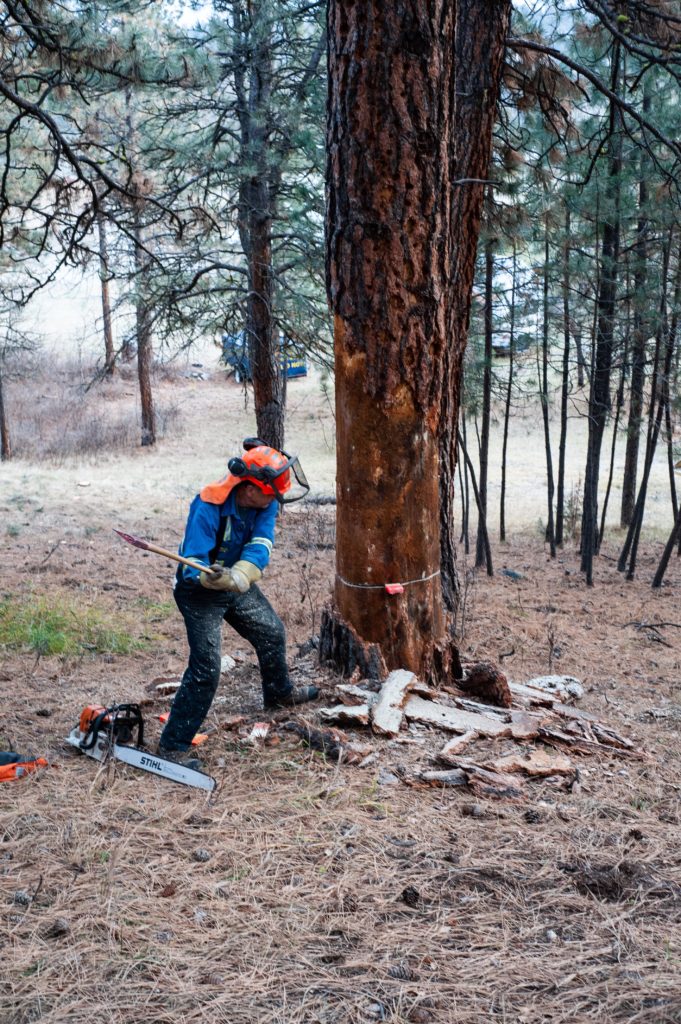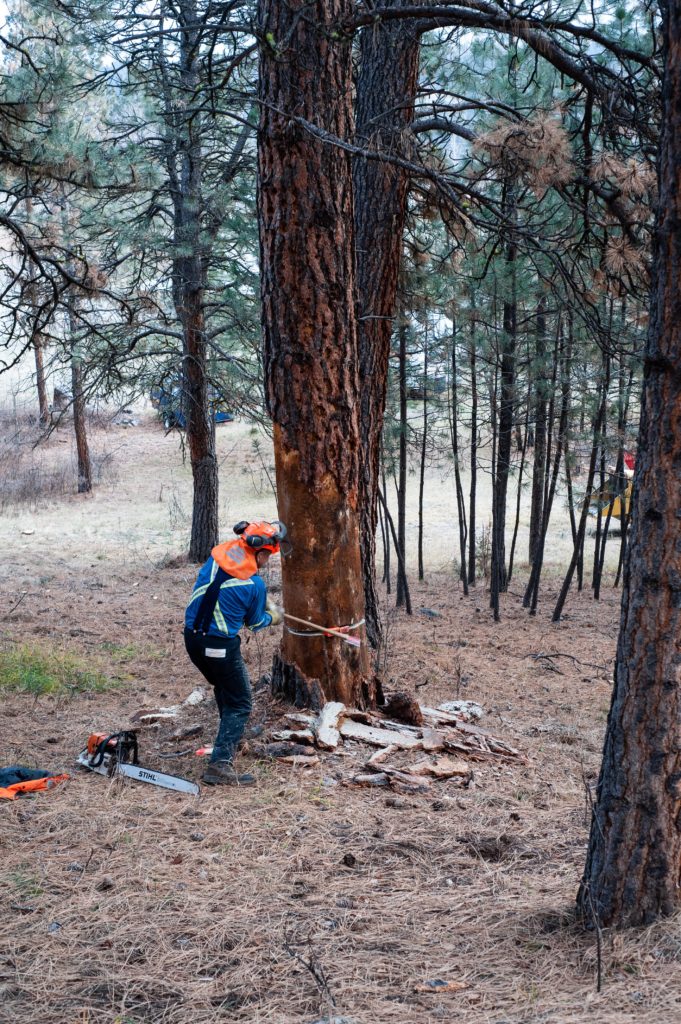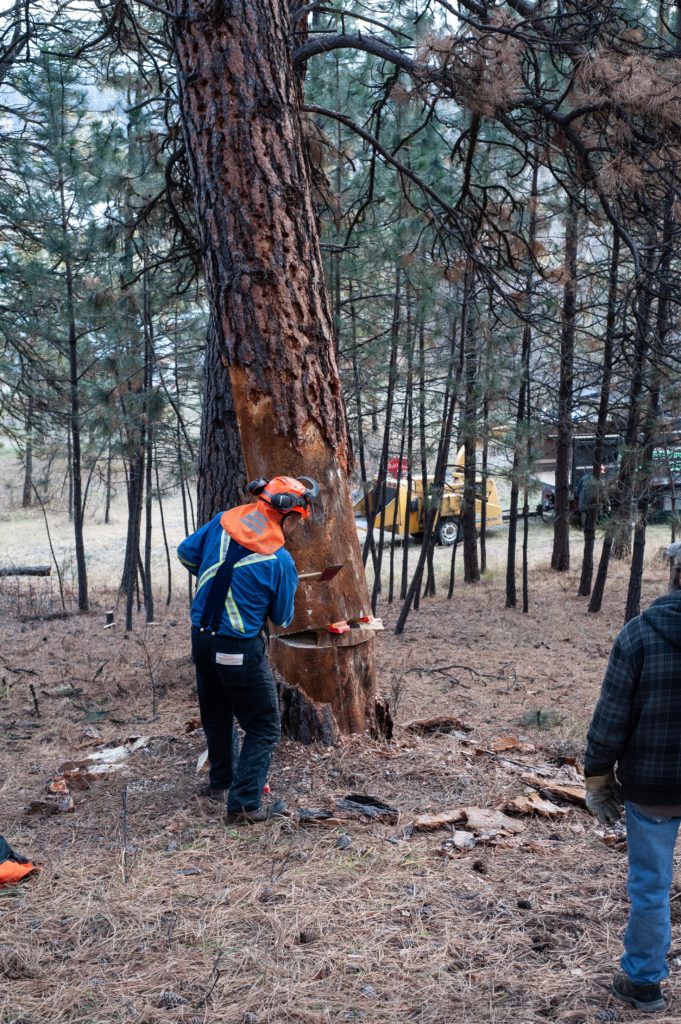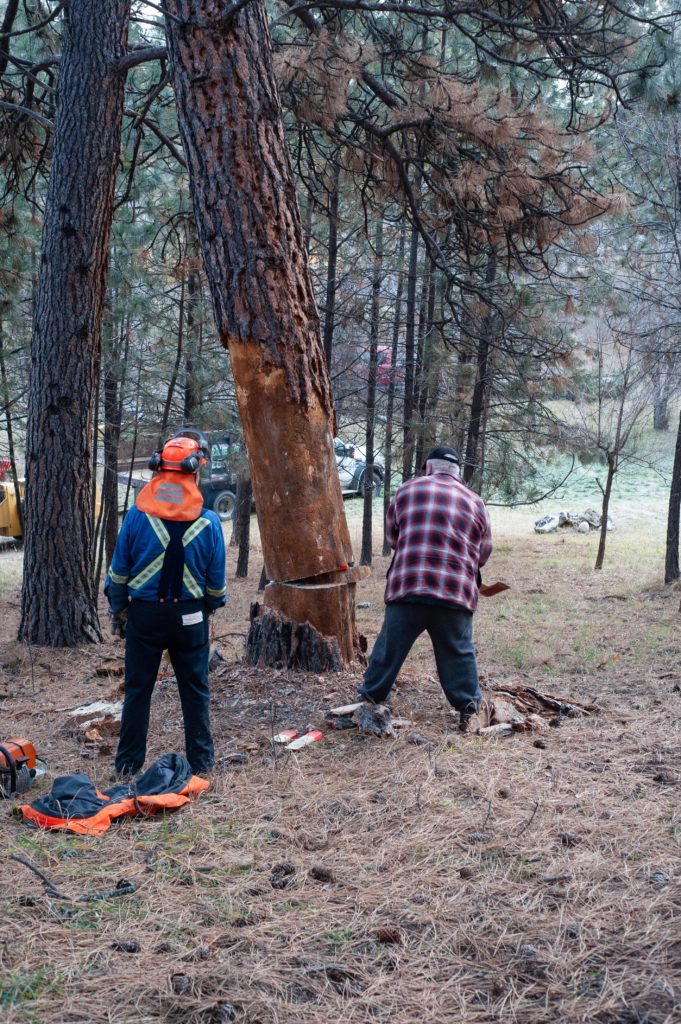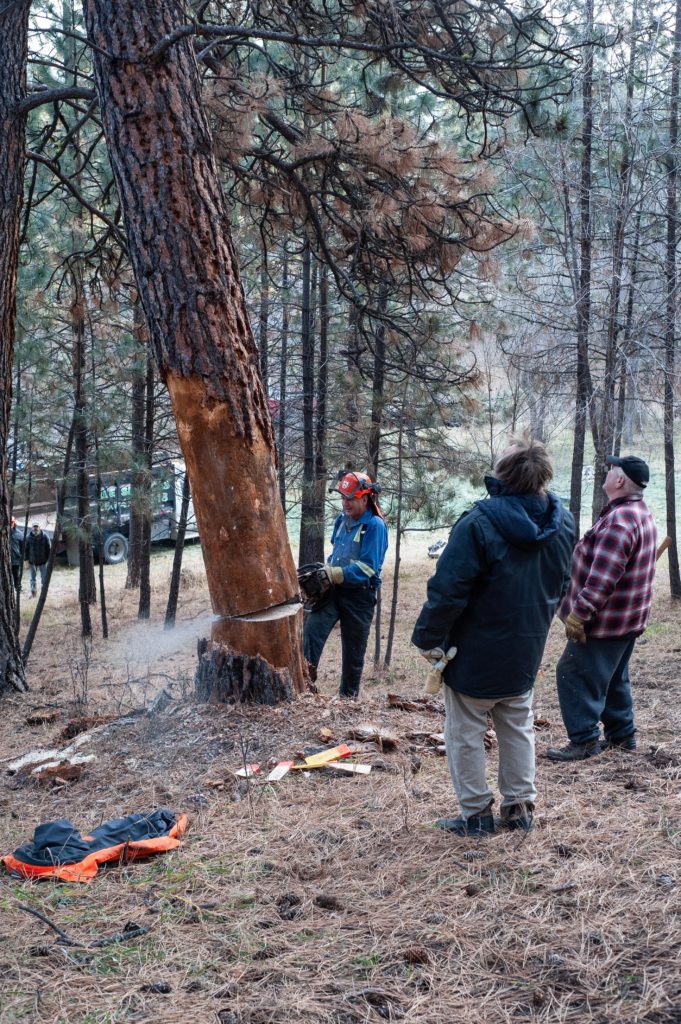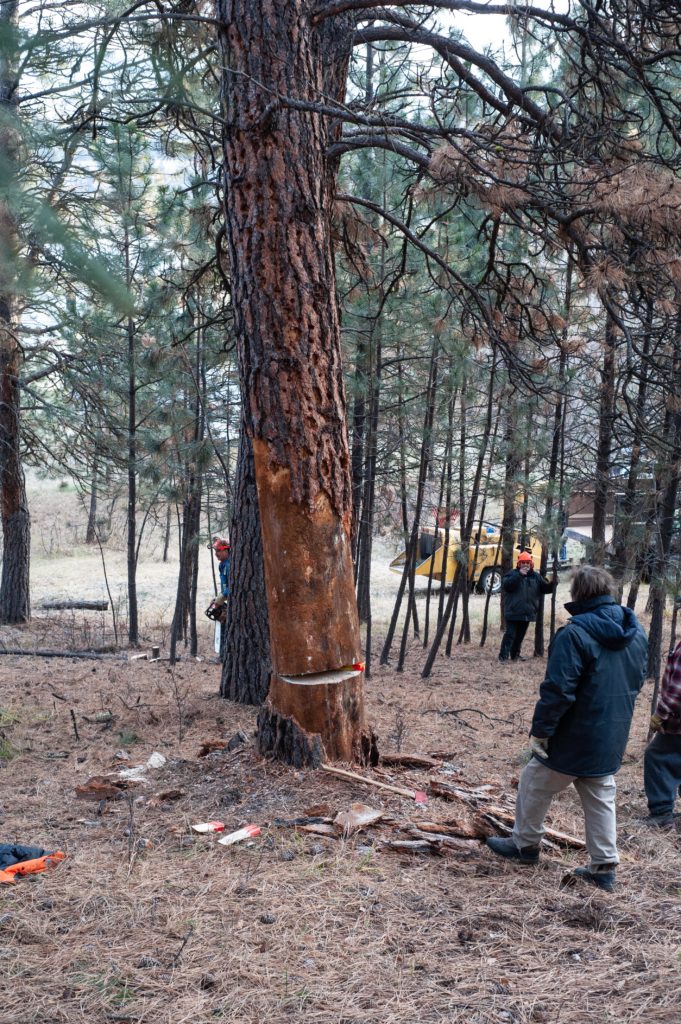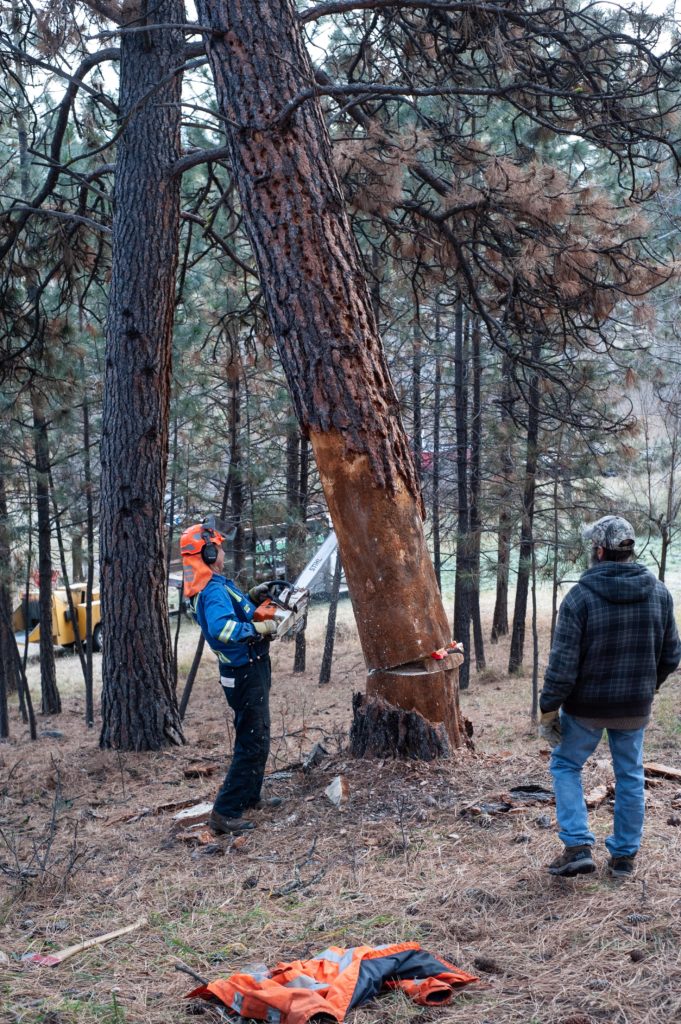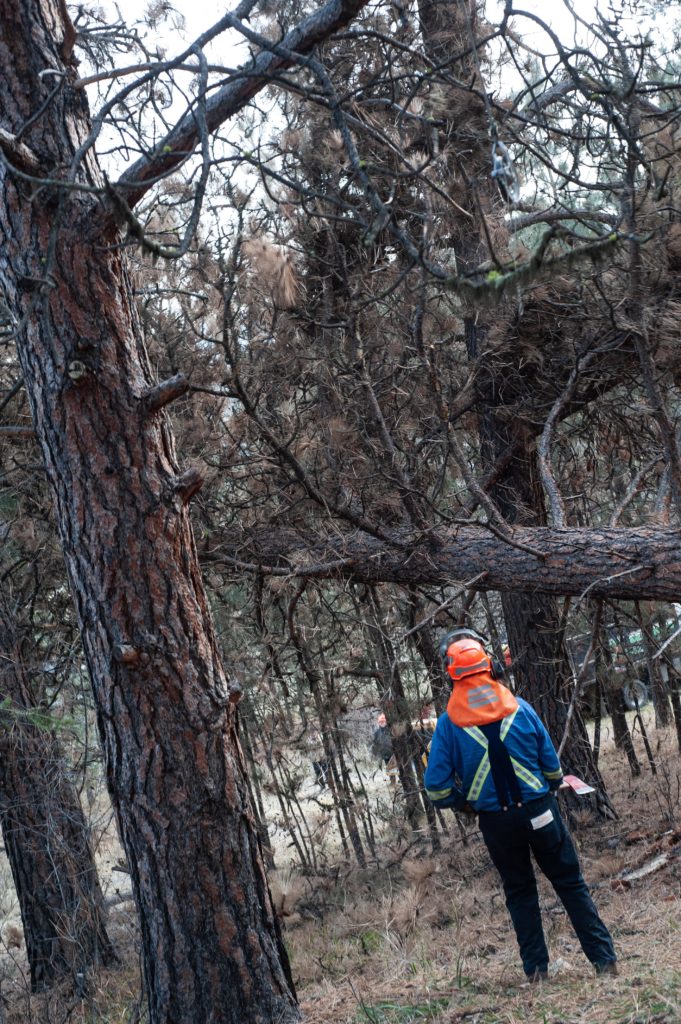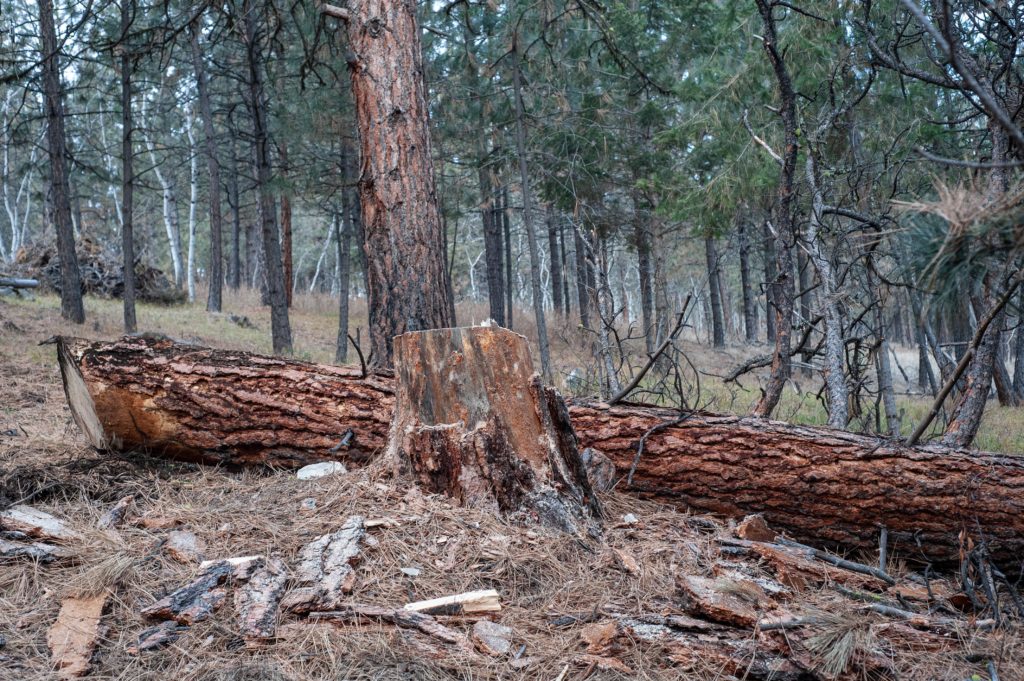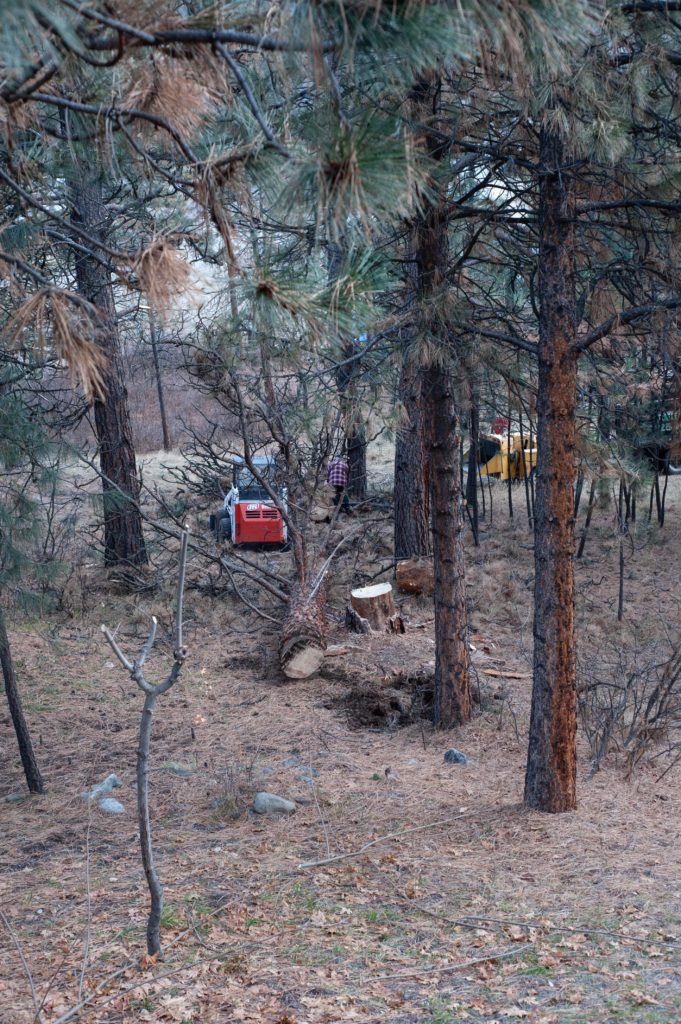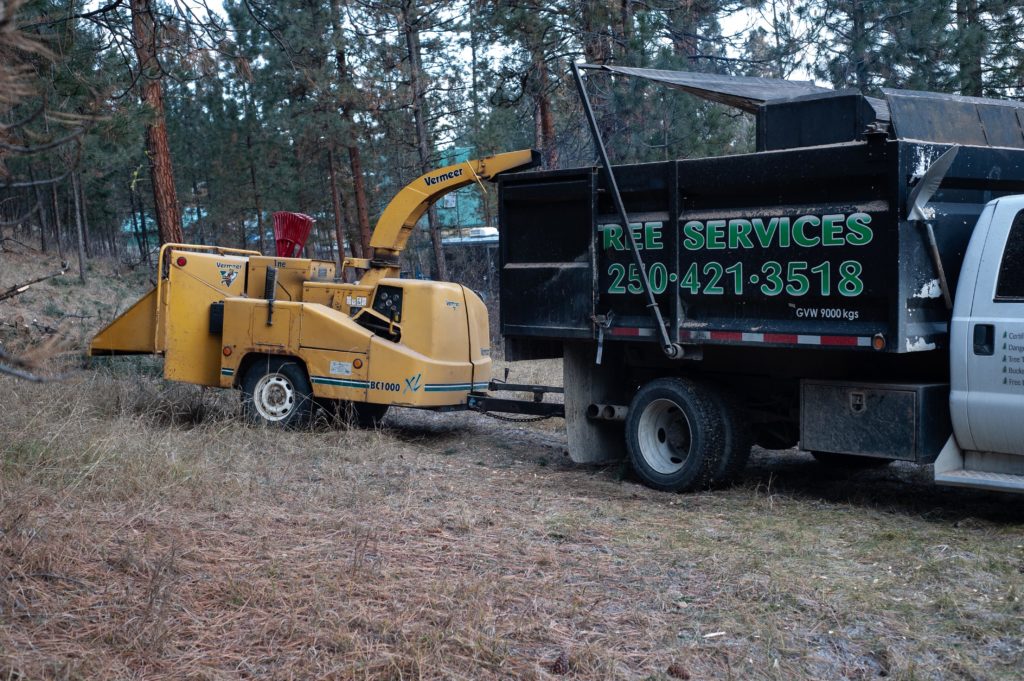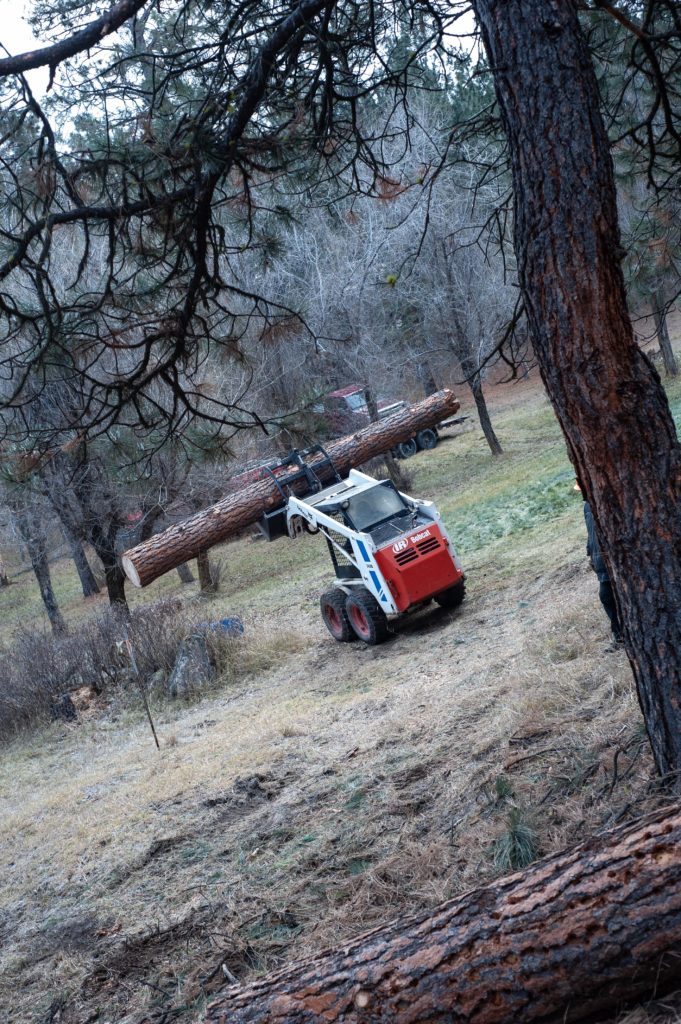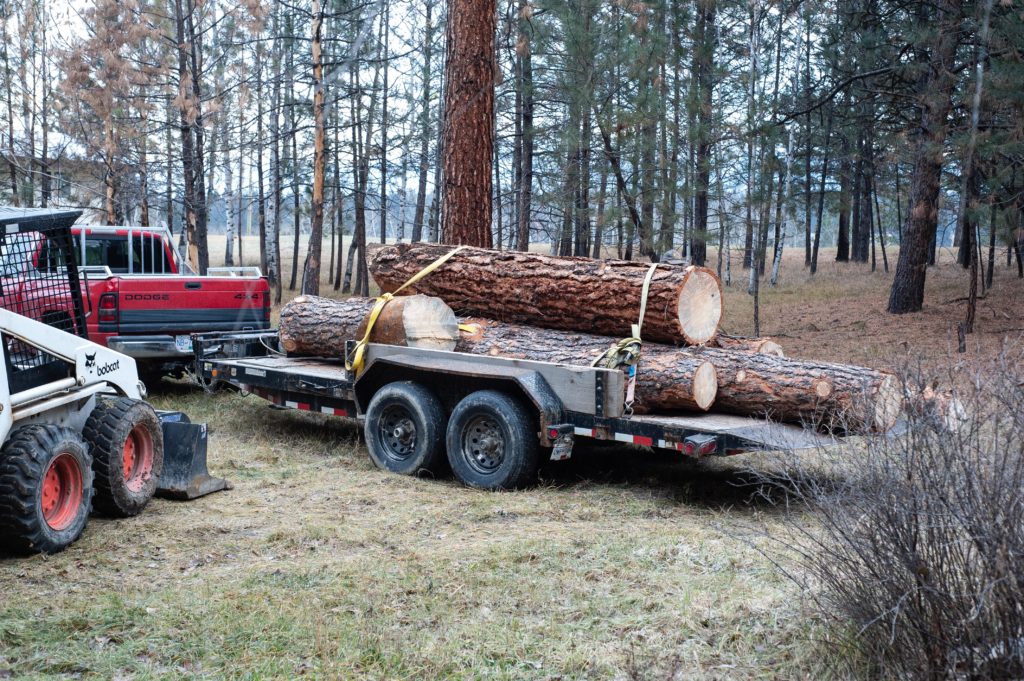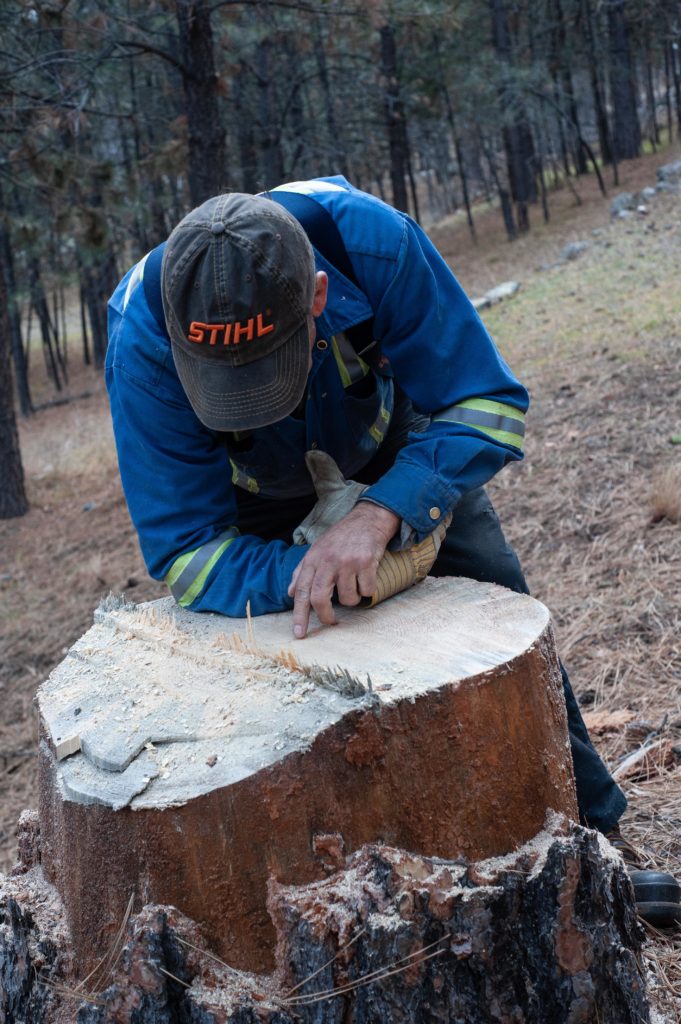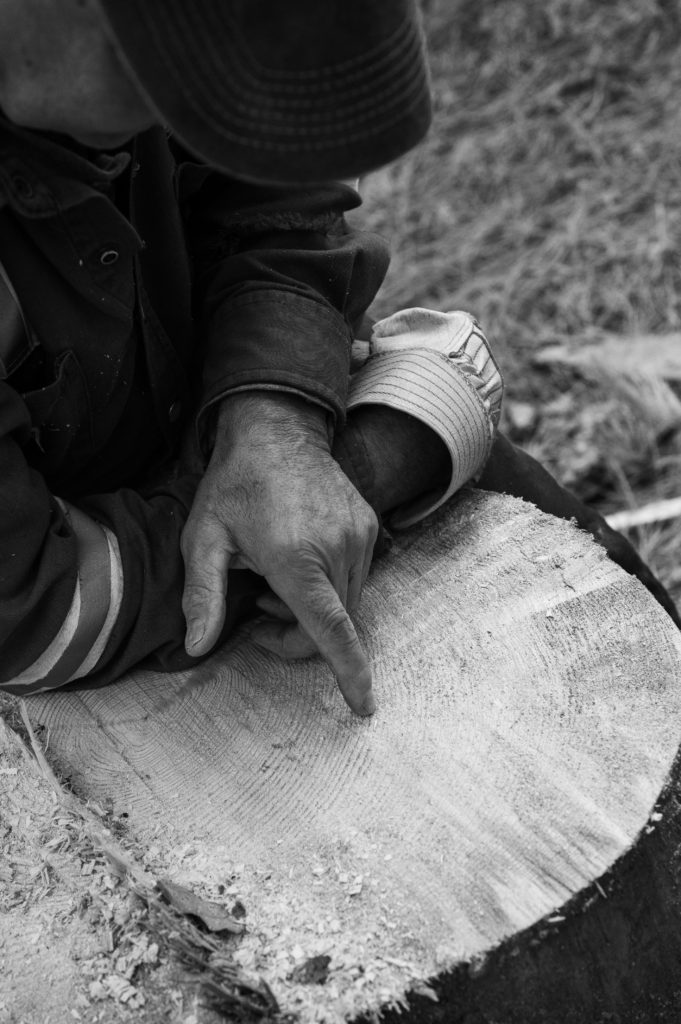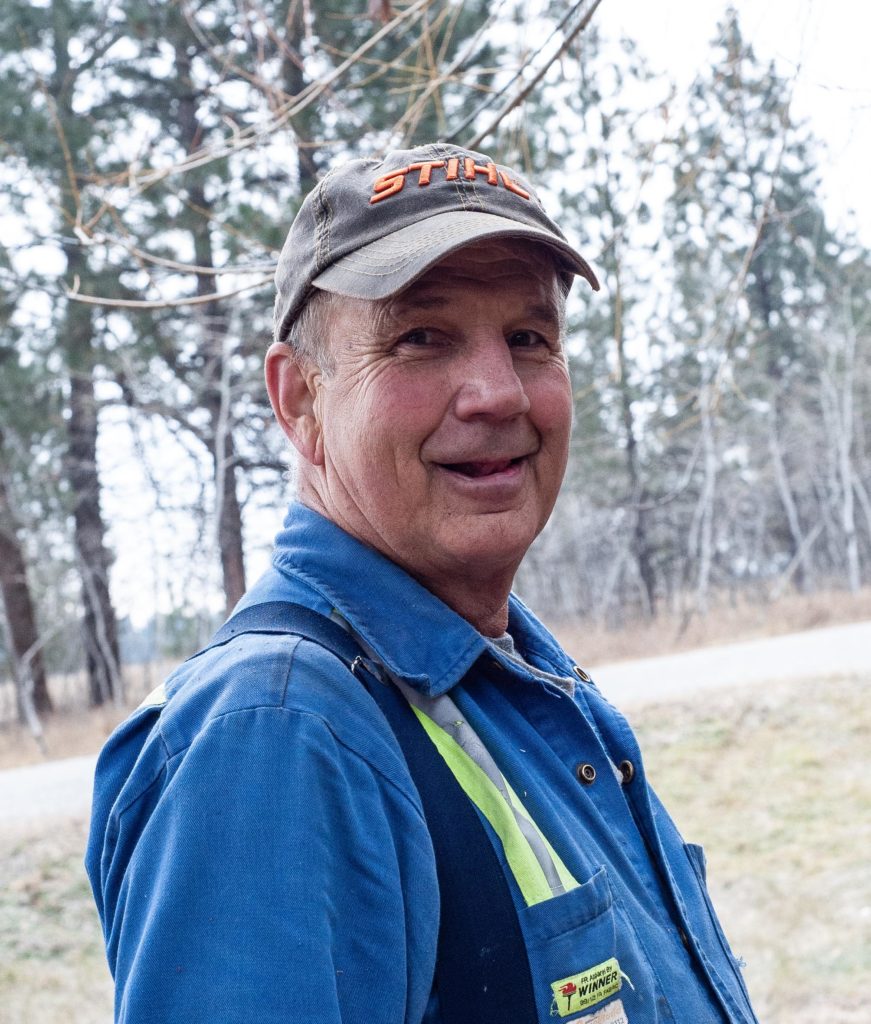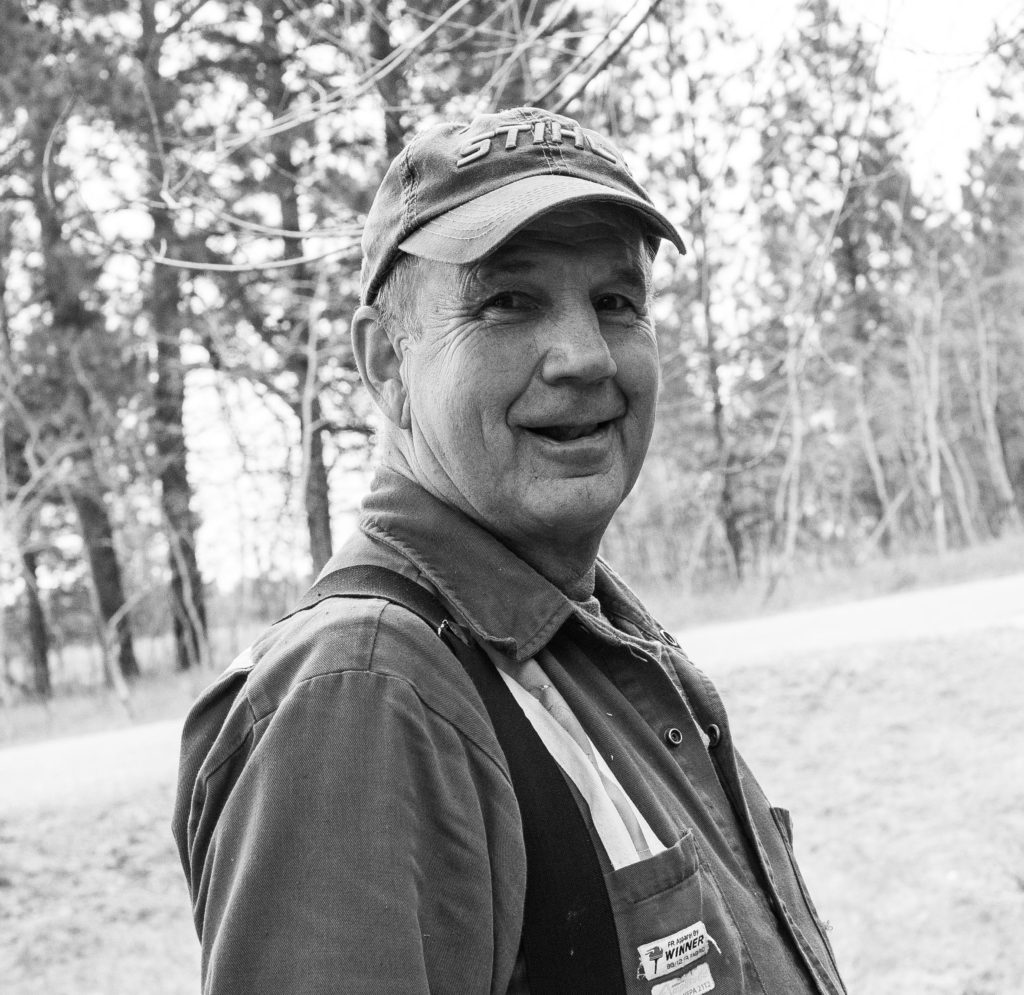:format(webp)/cdn.vox-cdn.com/uploads/chorus_image/image/70496933/GettyImages_1238297753.0.jpg)
Beverley McLachlin: The Ottawa truck convoy has revealed the ugly side of freedom. Beverley McLachlin is a former justice of the Supreme Court of Canada and served as Chief Justice from 2000 to 2017.
During the truck convoy protests, we have watched banners demanding “freedom” waving over big rigs parked in front of Parliament. But what does this vaunted “freedom” mean? The answer is, everything and nothing.
Everything: the right not to wear masks in public places; the right not to be vaccinated; the right to hold Ottawa’s downtown residents and businesses hostage; the right to malign public officials and call for the Prime Minister’s death; the right to shout epithets at people of color.
And nothing: Because freedom is an empty word unless you ask further questions: “Freedom from what?” “Freedom to do what?” And beyond that, “Where do my freedoms end and the freedoms of others begin?” Freedom is not absolute. We live in a social matrix, where one person’s exercise of freedom may conflict with another person’s exercise of freedom. Section 1 of the Canadian Charter of Rights and Freedoms states this plainly. The Charter gives Canadians a bundle of rights and freedoms. But it prefaces them with this caution – these rights and freedoms, precious as they are, are not absolute. Governments, it proclaims, can limit freedoms, provided the limits are “reasonable” and can be “justified in a free and democratic society.”
The bottom line is that you can’t use your freedoms in a way that unreasonably conflicts with or affects the freedoms of other people. The freedoms guaranteed by the Charter stop where they harm others. With freedom comes responsibility. Who sets the limits on our freedoms?
In the first instance, it is our governments – our duly elected representatives in Parliament, and the executive branch that has the responsibility to maintain “peace, order and good government,” to quote the Constitution, for the good of all. Our governments must draw the difficult lines that mark the limits of freedom in a particular situation. When you must wear a mask. Whether you can cross a border without a vaccine certificate. How many people can attend a party and who gets to go to school. But governments are not free agents. They are accountable. Accountable to the people, who can vote them out at the next election if they get the line-drawing wrong, and accountable through the courts. Citizens have the right to challenge the limits governments set on our freedoms in court. In the midst of a crisis like the pandemic, the immediate challenges may be difficult. But in due course what governments have done can be examined by the courts to see if the limits governments imposed on people’s rights and freedoms were reasonable and justified. The mechanisms of accountability may not be immediate, and that may frustrate people fed up with what they view as an illegitimate here and now impingement on their freedom. But the mechanisms of accountability work in the long run. They are rooted in our Constitution and our common commitment to the rule of law. They provide an orderly and effective process to restore the balance if governments go too far. The alternative is anarchy.
Throughout the never-ending pandemic, we have watched our governments, provincial and federal, struggle to draw the lines on freedom in the right place – to echo the words of the Charter, to set limits that are “reasonable” and can be “justified in a free and democratic society.” Inevitably, some people will disagree with where a particular government has drawn a particular limit, how long that limit should be maintained and how it should be enforced. If we care about our democracy and common future together, we will submit to those limits in the short run and use elections and courts to hold governments responsible in the longer run. The danger is that people who disagree with particular limits on the exercise of rights that governments have drawn may become impatient and decide to take matters into their own hands, threatening the welfare of people around them and, more broadly, the constitutional framework that allows us to continue to live together.
The heady notion of freedom, defined as the unconstrained right to do what you want free of government limits, serves as a cloak for actions that harm women, men and children who are simply going about their business and trying to do the right thing. Freedom without limits slides imperceptibly into freedom to say and do what you want about people who don’t look like you or talk like you. Sadly, the Ottawa truckers’ convoy has revealed this ugly side of freedom. Scholar Elisabeth Anker in her book Ugly Freedoms examines the historic use of freedom in America to justify discrimination, domination and avoidance of the law and regulation essential to a peaceful and prosperous society. The same, we now know, can happen in Canada.
As we move forward from the pandemic into the future, we need to understand the true nature of freedom under our Constitution.
Freedom is not absolute but subject to reasonable limits.
Freedom, misconstrued as license to do and say whatever one wants, is dangerous.
True freedom – freedom subject to reasonable limits that allow us to live together – is essential to a peaceful and prosperous future for us all. Let’s not allow the freedoms we cherish to become ugly freedoms.
@@@@@@@@@@@@
Andrew Coyne: Our shared reality – and the knowledge that undergirds it – is being assaulted
The blockades that paralyzed Ottawa and various border points have been removed, at least for now. But the blockades are merely the symptom. The disease is disinformation. We are discovering for ourselves what until now we had observed at secondhand: large numbers of our fellow citizens can be made to believe almost anything. This is a challenge to our democracy orders of magnitude greater than the disruptive possibilities of a few strategically placed trucks. It is a challenge, in part, because we are so reluctant to consider it. If so many people are so upset about something, we think, surely there must be some basis to it. There are two sides to every question, we are taught, and by and large this is a good rule to follow. Too many people nowadays are too ready to declare too many debates “closed.” But we should not fall prey to the opposite mistake, of assuming any belief is worth discussing, simply because lots of people believe it. There are not two sides to whether the world is flat, or whether Donald Trump won the 2020 election. And yet millions of people believe both.
It was possible for a reasonable person to worry, circa December, 2020, whether the vaccines developed in such relative haste against the coronavirus might pose some risk to human health. Fourteen months and 10 billion safely delivered doses later, it is not. Valid health exceptions are well known and accommodated; unanticipated adverse events are vanishingly rare. And yet thousands of people were persuaded that vaccines, and vaccine mandates, pose such a monstrous threat to their health or freedom as to justify occupying the national capital and menacing its citizens, in defiance of the law, for weeks on end. Hundreds were willing to risk arrest rather than obey a police order to disperse. This is not normal.
Opposition to vaccine mandates was not by any means the only idea behind the occupation, or the strangest. Protest leaders appear to sincerely believe, inter alia, that vaccines contain RFID chips, that the governor-general can rule by decree, and that Canada has a First Amendment. This is a movement in opposition not merely to vaccines, but to science, authority, expertise of all kinds: in a word, knowledge. What is at work here is not a series of individual deficiencies, but a collective failure of socialization. These are people who appear to have detached themselves not only from the behavioral norms of civil society, but from the whole transmission chain by which knowledge is spread among the population.
Knowledge, that is, is a social process. We form our beliefs about the world, not in isolation, but with the help of those around us. We learn from people with more knowledge, experience and judgment than we have, and through them absorb the accumulated wisdom of society. We have to. We cannot individually relitigate every elementary fact of human knowledge every day. But what happens when that breaks down? What happens when knowledge is transmitted, not vertically, as it were, but horizontally? Then you have what we have witnessed over the past few years. It has been described as a class war, but it is a class war of a particular kind, in which the dividing line is not money or birth but knowledge.
@@@@@@@@@@@@
Thanks to Douglas Francis Mitchell for bringing these two Globe and Mail articles to my attention. Thanks Doug.
@@@@@@@@@@@@

:format(webp)/cdn.vox-cdn.com/uploads/chorus_image/image/70496933/GettyImages_1238297753.0.jpg)
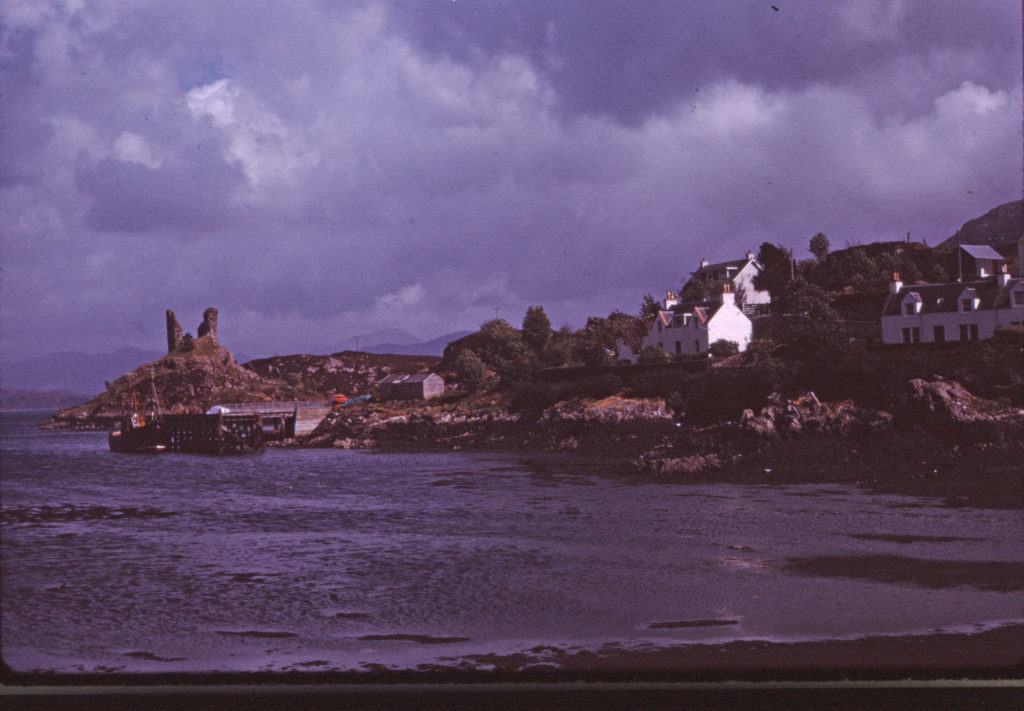
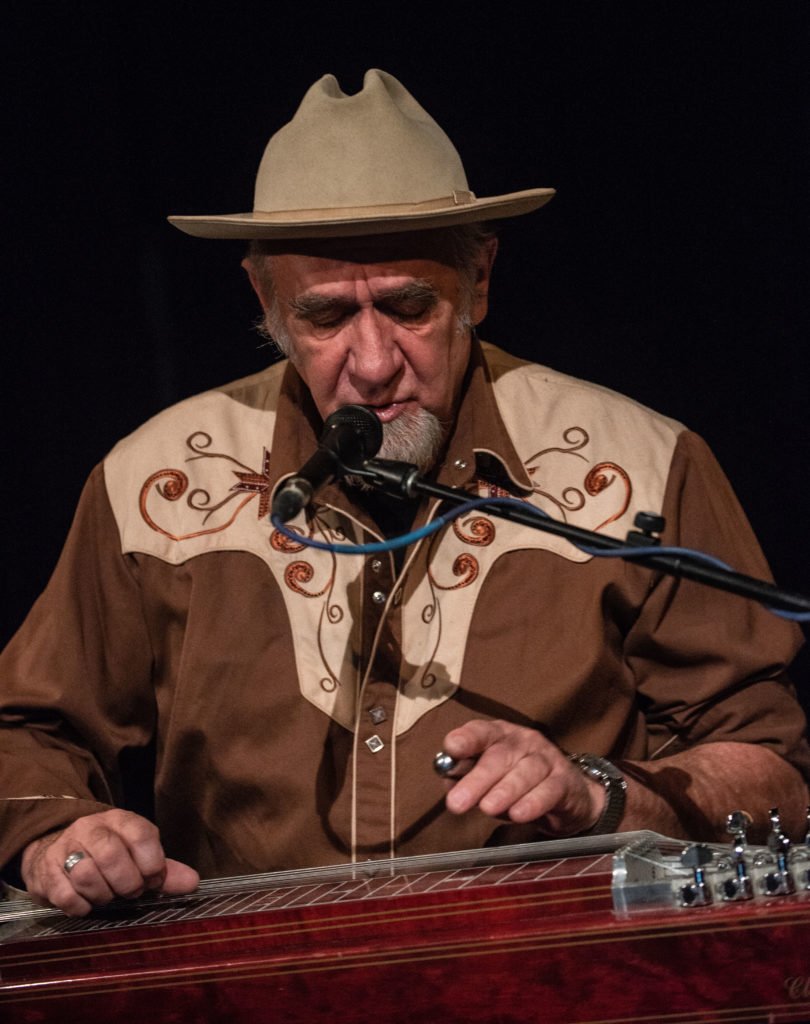 mandolin and arc top guitar. They traveled down from Whitehorse in the Yukon to do a string of twelve performances and, despite the horrendous weather, torrential rains, floods, wash outs and road closures they made it all the way through to Kimberley for the gig on Saturday November 28, 2021. The next day they headed off to Calgary for the long trip back up north to their home base in Whitehorse. That is a lot of kilometers to traverse to play twelve gigs in venues governed by strict Covid rules.
mandolin and arc top guitar. They traveled down from Whitehorse in the Yukon to do a string of twelve performances and, despite the horrendous weather, torrential rains, floods, wash outs and road closures they made it all the way through to Kimberley for the gig on Saturday November 28, 2021. The next day they headed off to Calgary for the long trip back up north to their home base in Whitehorse. That is a lot of kilometers to traverse to play twelve gigs in venues governed by strict Covid rules.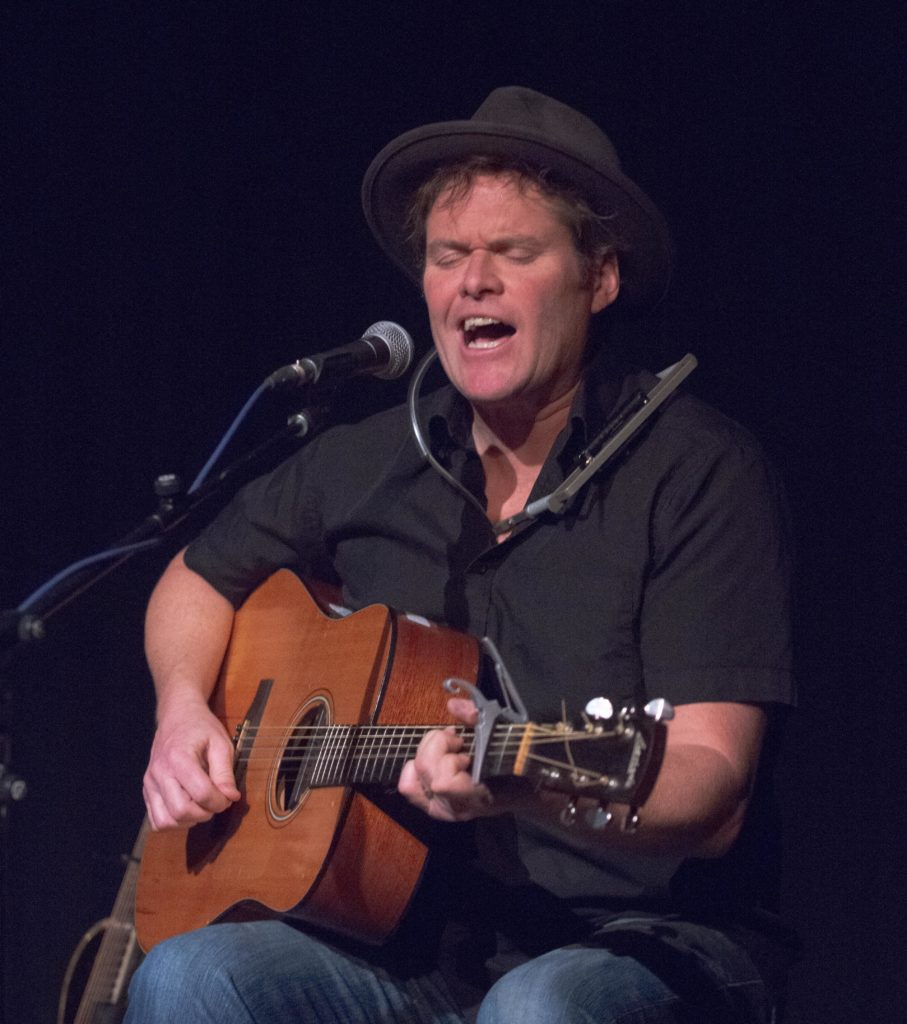
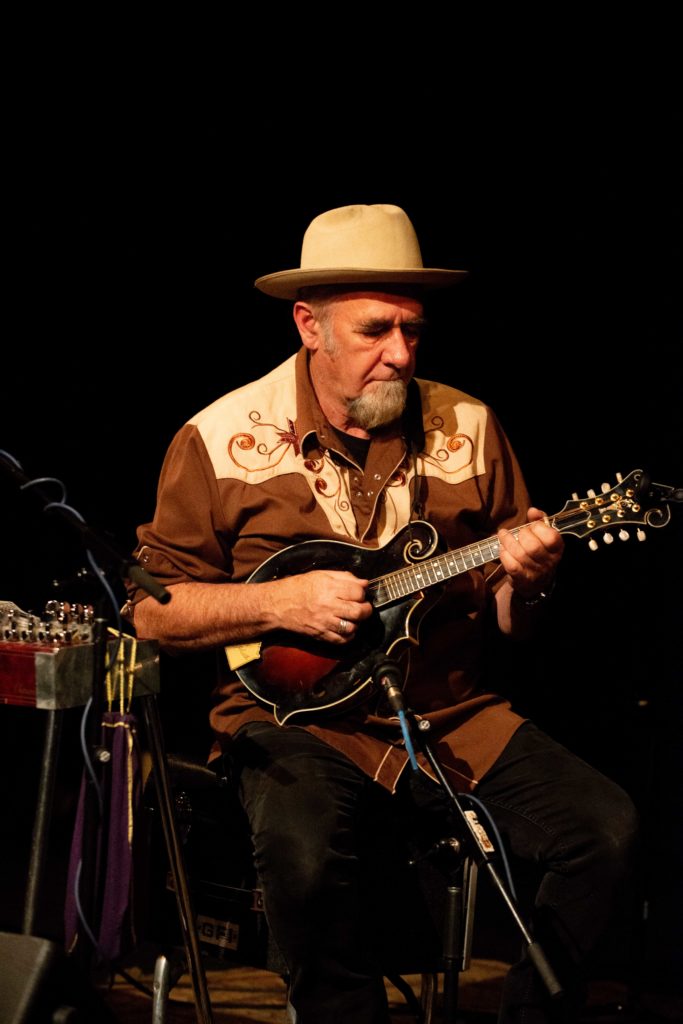
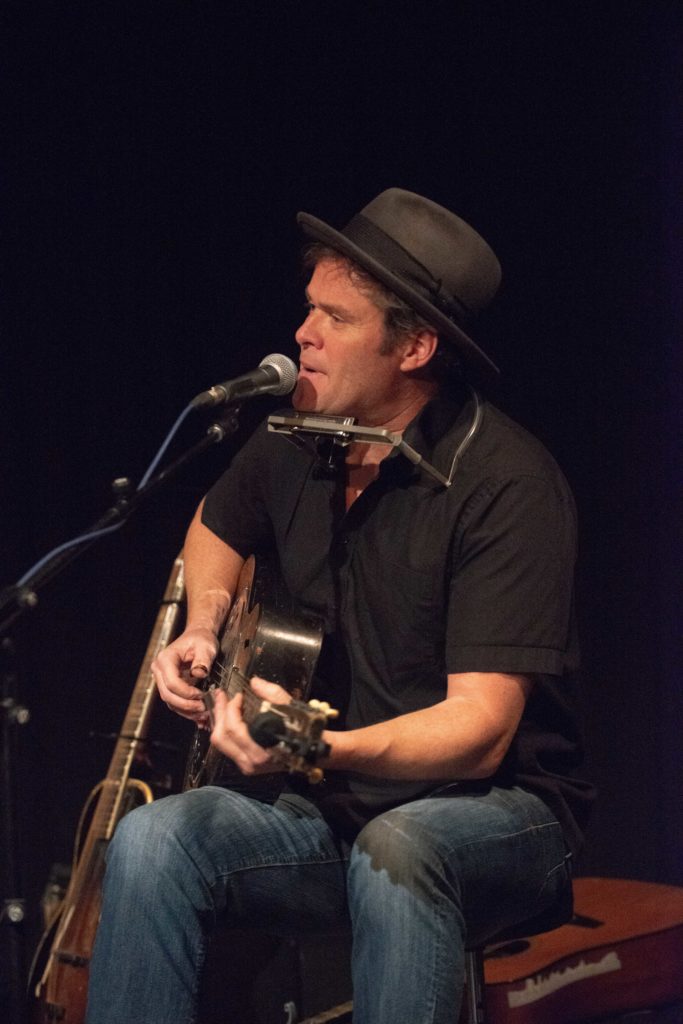
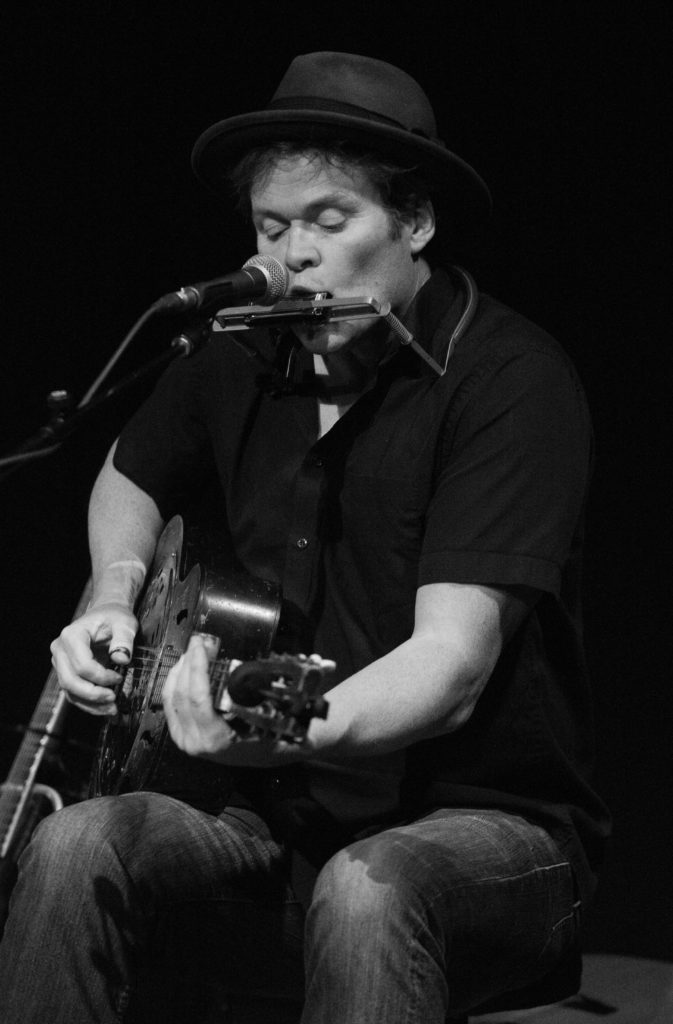
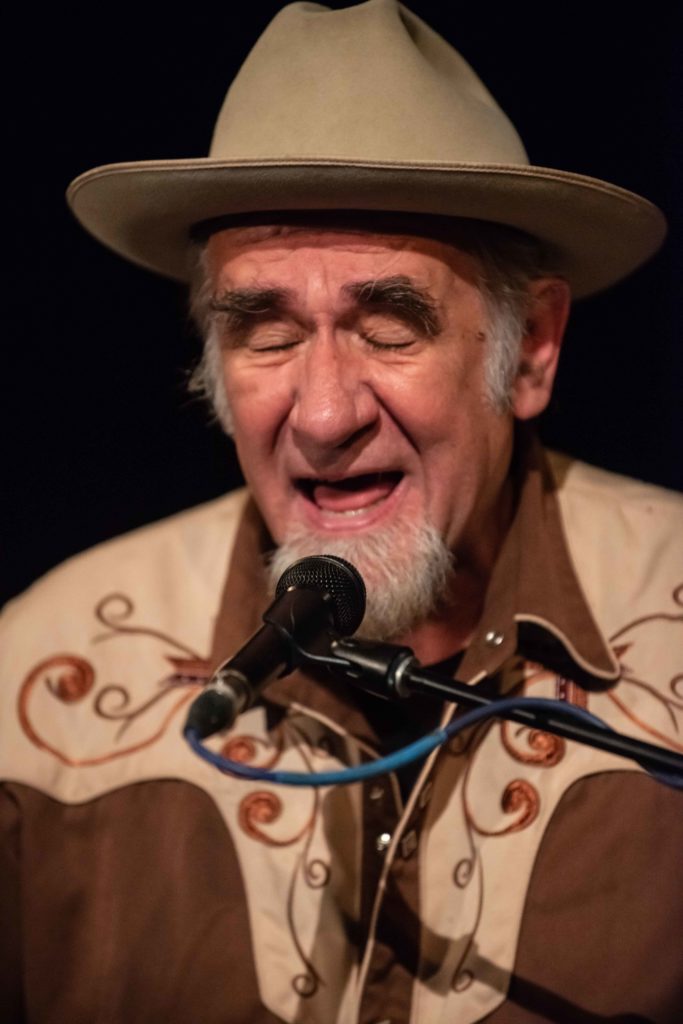
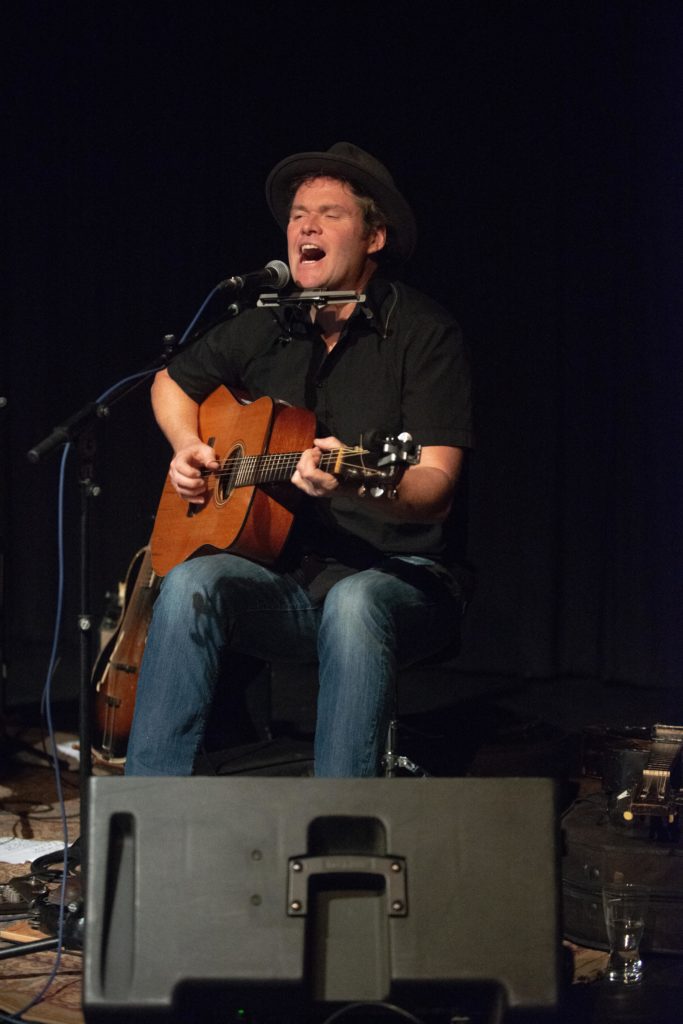
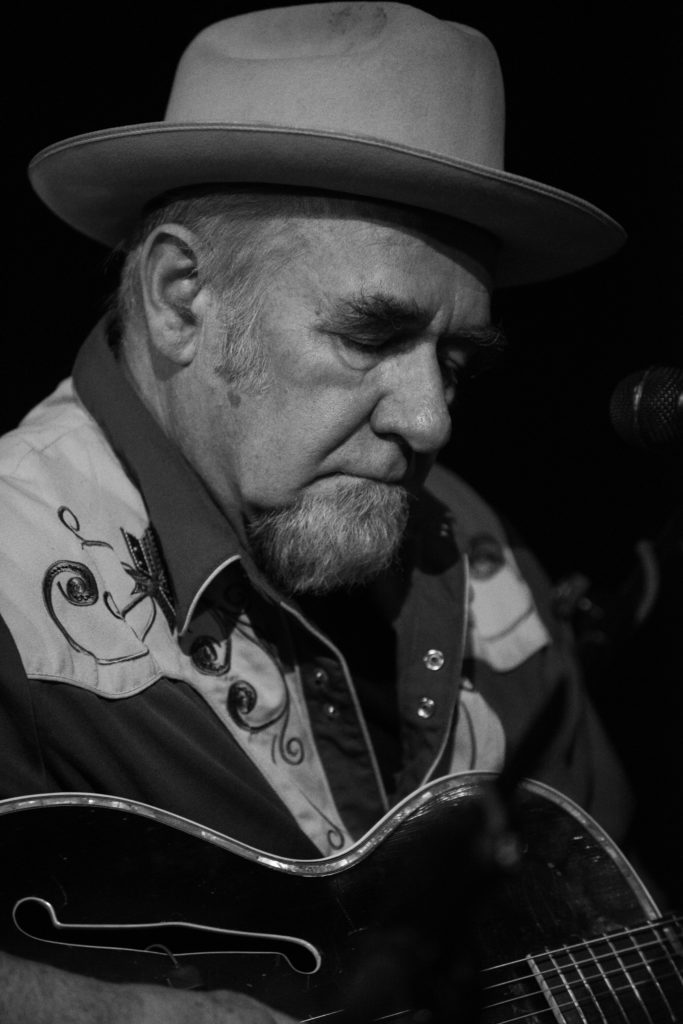
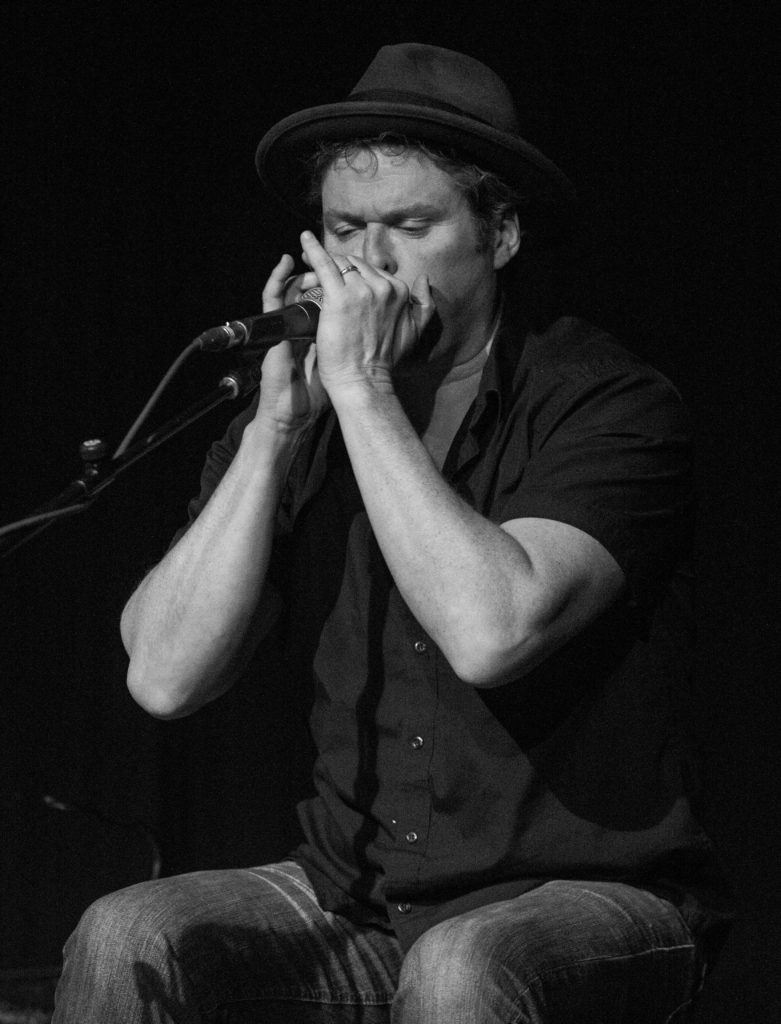
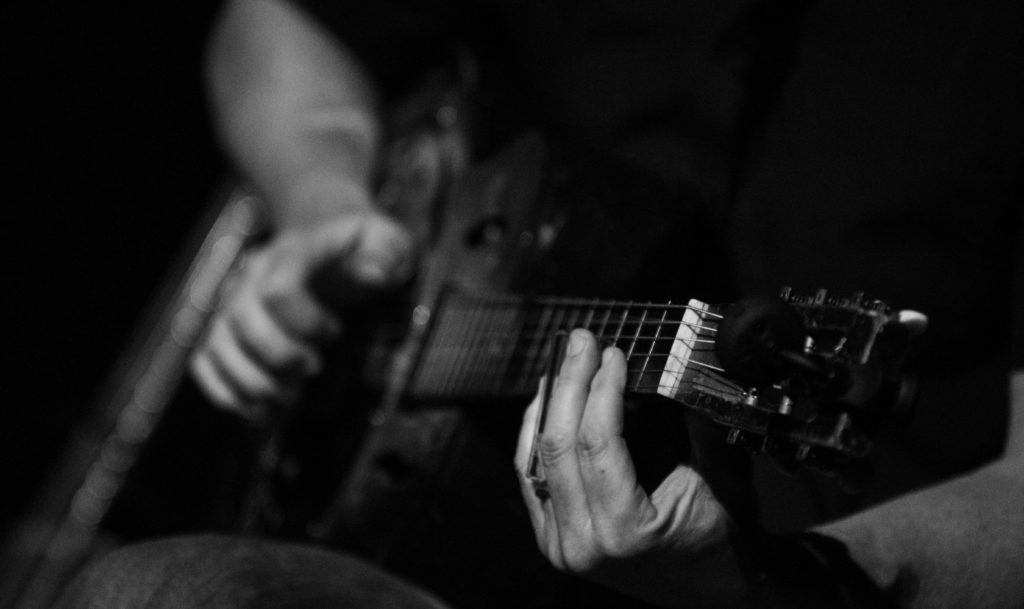 @@@@@@@@@@@@@@
@@@@@@@@@@@@@@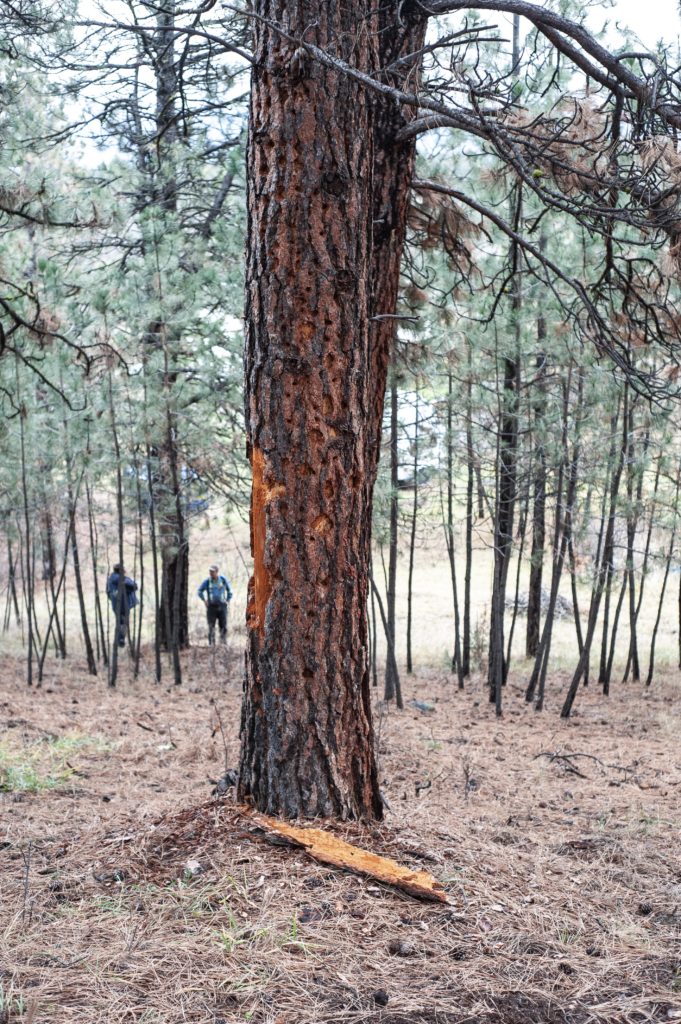
 with clients with more urgent needs. A few days later he showed up with a crew, three trucks , Cherry picker, flat bed trailer, a huge chain saw, tools and a chipper. They formulated a plan: Stage 1 – Decide where to fall the tree and clean out the landing area; Stage 2 – Bring the tree down; Stage 3 – Remove the branches; Stage 4 – Cut up the log and remove; Stage 5 – Clean up
with clients with more urgent needs. A few days later he showed up with a crew, three trucks , Cherry picker, flat bed trailer, a huge chain saw, tools and a chipper. They formulated a plan: Stage 1 – Decide where to fall the tree and clean out the landing area; Stage 2 – Bring the tree down; Stage 3 – Remove the branches; Stage 4 – Cut up the log and remove; Stage 5 – Clean up